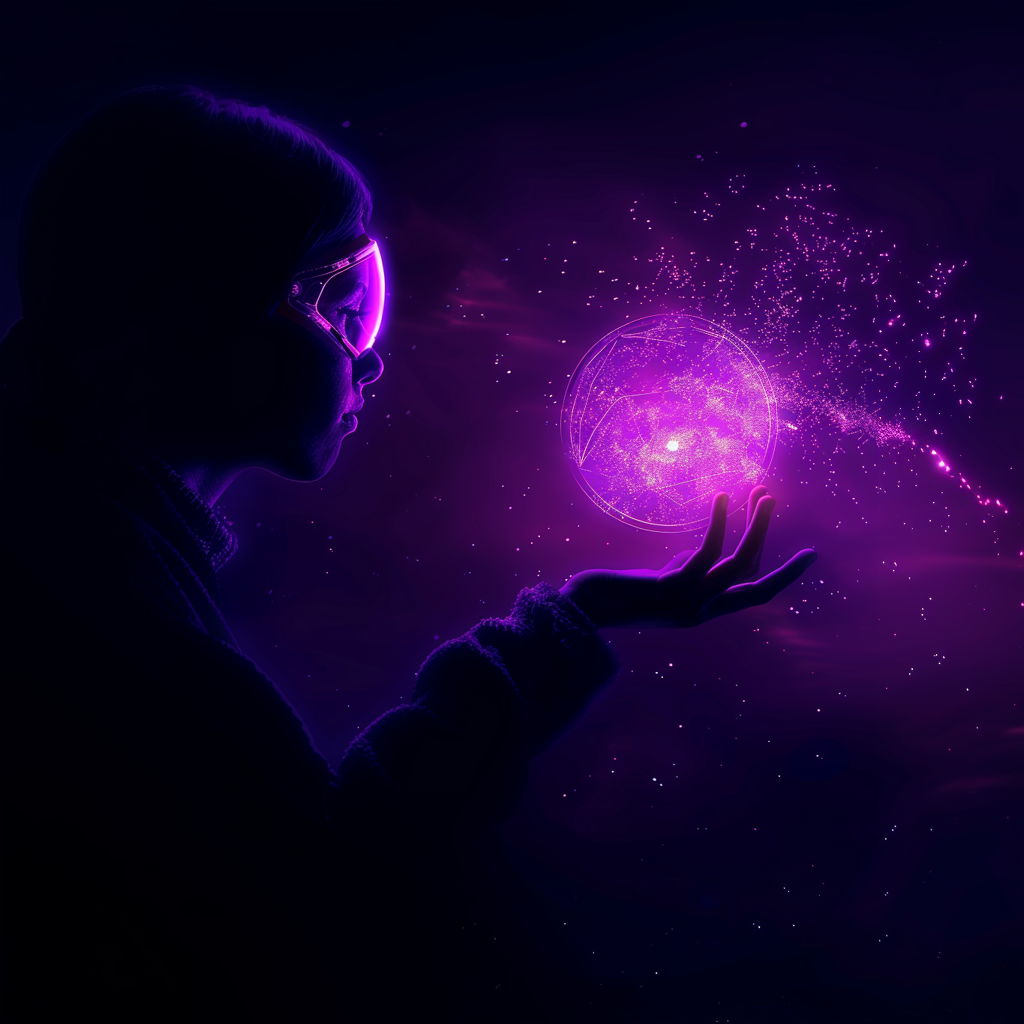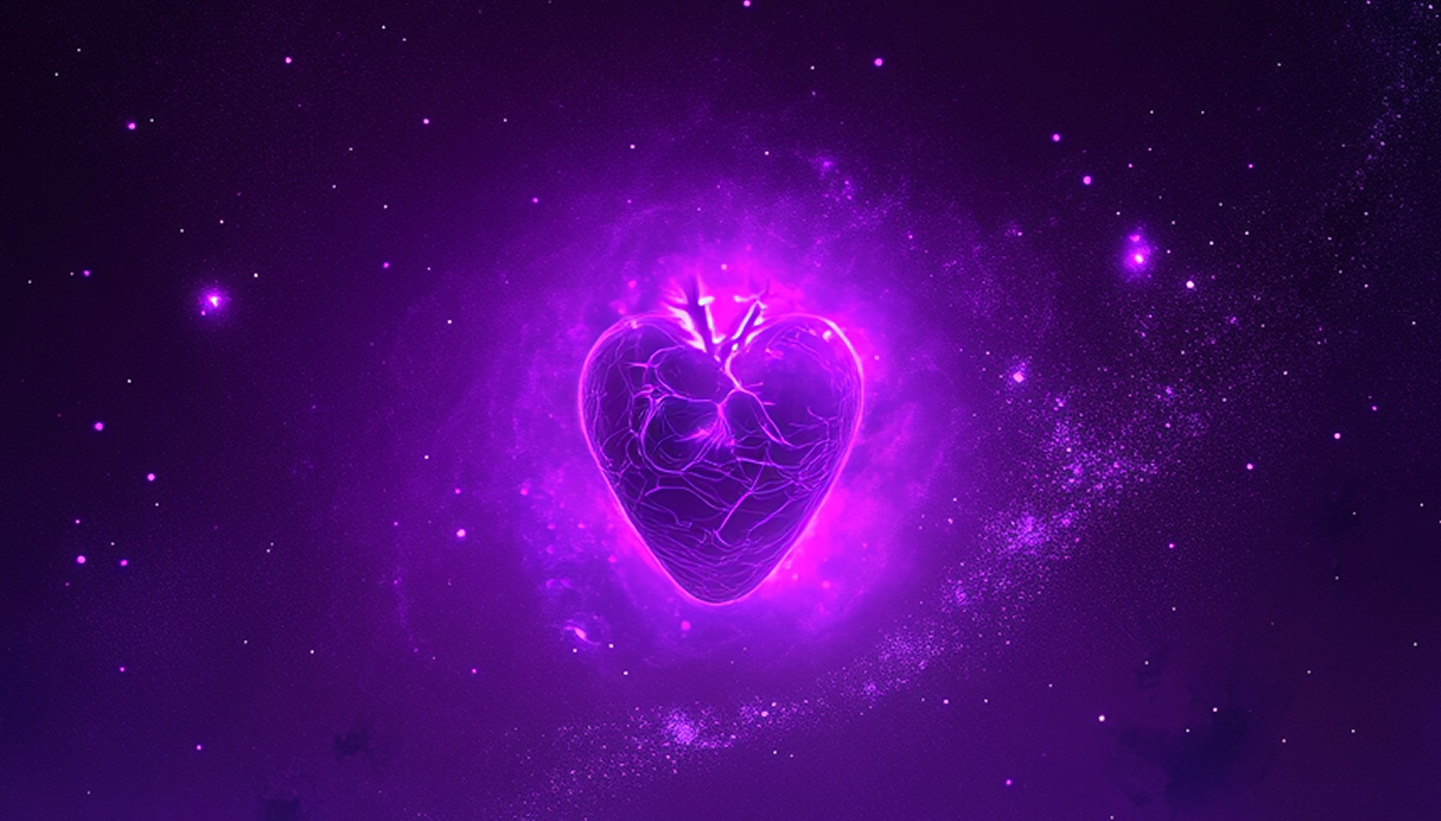Why Do Cures for Rare Diseases Take Decades? Here’s How Curetopia Is Speeding Things Up
.png)
Curetopia is accelerating rare disease research by collaborating with families, repurposing existing drugs, and conducting rapid experiments, so no one is left waiting decades for progress.
Why Do Cures for Rare Diseases Take Decades? Here’s How Curetopia Is Speeding Things Up
For families facing rare diseases, the most frustrating part isn’t always the diagnosis itself. It's waiting.
Waiting for answers. Waiting for research. Waiting for treatments that may not arrive in time.
Most cures for rare diseases take 10 to 15 years to develop. In some cases, research never starts at all. And when it does, it often moves slowly, bound by bureaucracy, cost, and outdated research models.
Curetopia was created to change that.
The Problem: Why It Takes So Long
There are over 10,000 known rare diseases. But fewer than 5% have an approved treatment. Why? Because the traditional drug development process is not built for speed or scale. It follows a long, expensive path:
- Years of basic research to understand biology.
- Animal models that may not reflect how the disease behaves in humans.
- New drug development that can take a decade and cost billions.
- Clinical trials with strict, slow-moving approval processes.
This process works for common diseases with large markets. But for rare diseases, especially ultra-rare ones, it’s often too slow and too costly to even get started.
Curetopia’s Approach: Build Smarter, Move Faster
Curetopia isn’t trying to replace the system. We’re making a new one that runs in parallel, faster, more collaborative, and focused on speed-to-impact.
Here’s how:
1. Yeast Models for Rapid Screening
We use genetically engineered yeast cells to model rare disease mutations. Yeast grows in hours, not months. And it’s surprisingly similar to human biology at the cellular level.
By testing hundreds of FDA-approved drugs on yeast models, we can find promising candidates much faster than traditional approaches. In some cases, we’ve found hits in weeks.
2. Drug Repurposing Instead of Reinventing the Wheel
Instead of waiting years to develop new drugs, Curetopia focuses on repurposing existing ones. If a drug is already FDA-approved for another condition, we can move quickly into preclinical validation.
This doesn’t just save time, it also saves lives.
3. Open Science and Reusable Models
We publish and share our models and data. That means once a yeast model for a rare disease exists, any lab in the world can use it. No need to start from scratch.
One model can spark dozens of new studies. That’s how science should work.
4. Patient-Driven Research
Families don’t just support our research, they shape it. From Maggie’s PMM2-CDG model to our newest work on AARS2, parents and patient foundations help define the priorities, interpret results, and keep projects moving.
Research that listens is research that moves.
Real Progress, Real Hope
In less than a year, Curetopia and its partners have built working models for multiple rare diseases and identified promising drug leads. That doesn’t mean every model results in a cure. But it does mean faster answers, more drive, and real options for families that had none before.
The old system wasn’t built for rare disease families. So we’re building something new. Something faster. More flexible. And most importantly, more human.
Because families shouldn’t have to wait decades for science to catch up.
They should have a place where discovery moves with them.
Discover more entries

From Coin to Company (C2C): Building Biotech in the Internet Capital Era
Curetopia’s Coin-to-Company (C2C) model builds biotech from the ground up, where communities fund real experiments, data stays open, and the path from token to company to cure happens in full view of the world.


